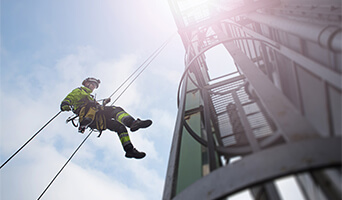The HSE of Great Britain has recently sent out a warning about manufacturing, storing and transporting items that have thermites in them, and you can read the full article here. Here’s a breakdown of what you need to know:
What’s the problem?
The Health and Safety Executive (HSE) has found out that thermites and thermite containing articles, which should be classed as Class 1 dangerous goods (meaning they are explosive) for transportation in Great Britain and the ADR (Accord Dangereux Routier – implemented by the UK Carriage of Dangerous Goods Regulations) region, are being transported incorrectly.
Some are being shipped as if they aren’t dangerous, or as Class 4.1 goods, which are flammable solids.
Why is this a problem?
When goods and substances that meet the criteria in UNMR (United Nations Model Regulations) and ADR for dangerous goods aren’t classified correctly, it means the people who transport them, and emergency services who might have to deal with accidents, won’t know about the risks.
This mistake can also mean that there aren’t enough safety steps taken when making and storing these items, putting people and the environment at risk.
What do you need to do?
The HSE says that people responsible must make sure that thermites and thermite containing articles are correctly classified before they are sent by road or rail. This classification must be done by an official authority of a country that follows the ADR rules.
These items also need to be made and stored in a way that meets the safety rules set out in the Explosives Regulations 2014. Plus, products with thermite need to follow the safety rules for selling pyrotechnic items from the Pyrotechnic Articles Safety Regulations 2015.
If you need more information on the changes or support, please email consultants@hsdirect.co.uk.









